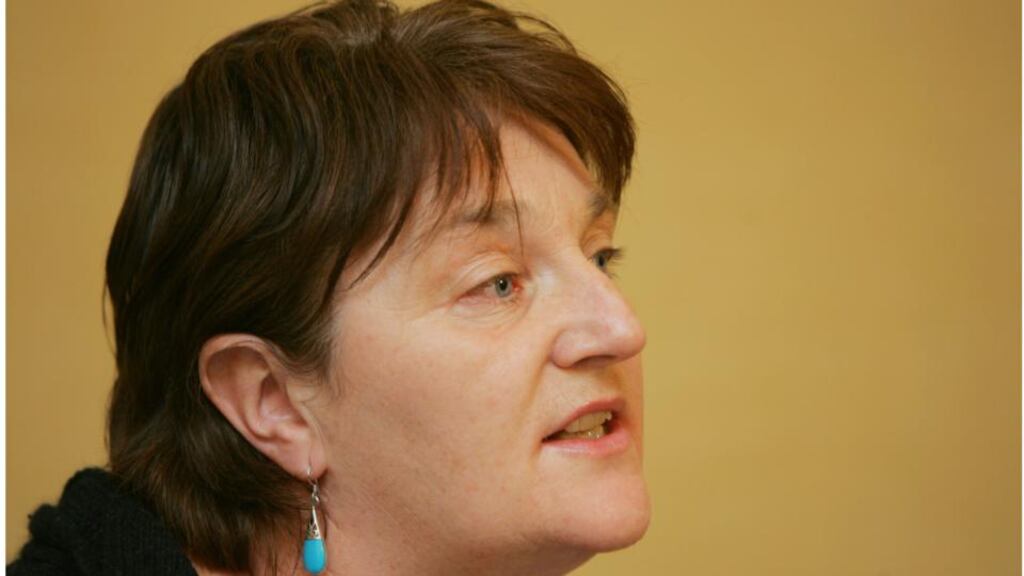February 28th, 2013, will not have been circled on most working women’s calendars, yet the date has particular significance for that exact cohort, marking as it does European Equal Pay Day.
Unfortunately it is not a day marked to celebrate the achievement of parity of pay between the sexes. It instead signifies how far into 2013 European women would have to work to earn the same wage as the male population.
According to figures from the Organisation for Economic Co-operation and Development, Ireland actually fares better than average when it comes to women’s pay. The pay gap for full-time employees stood at 10.4 per cent in 2010 compared to an OECD average of 15.7 per cent.
The figures also show great improvements within Ireland in the past decade. In 2000 the pay gap between the sexes was 19.7 per cent, greater than the OECD average of 19.4 per cent.
Cost of motherhood
Despite improvements Ann Irwin, policy officer with the National Women's Council of Ireland, notes that the gender gap, the glass ceiling and occupational segregation persist in Irish society.
“Most disturbing is high cost of motherhood,” says Irwin, pointing to OECD statistics which indicate that Irish women aged between 25 and 44 with no children were paid 17 per cent more than their male counterparts, whereas women with at least one child were paid 14 per cent less. “It’s an absolutely enormous jump.”
Another OECD statistic indicates major differences in the gender pay gap depending on a person’s income: “For the bottom 10 per cent of earners the gender pay gap is 4 per cent . . . that’s indicative of the fact that at minimum wage level and just above that level, wages are set in law. But as you go up the deciles the pay gap rises to 24.6 per cent [among the top 10 per cent], ” says Irwin.
Gender discrimination
"While the OECD and EU have said that an element of this could be explained by virtue of fact that many women either drop out of the workforce for a period or take up part-time work after having children, they have also said that part of the pay gap is ultimately about gender-based discrimination and the glass ceiling."
The glass ceiling still exists, she says. The Central Statistics Office Quarterly National Household Survey for the last quarter of 2012 indicated that, while a majority of those working as professionals were women (58.6 per cent of women versus 41.4 per cent men), just 30 per cent of managers, directors and senior officials were female.
Figures compiled for a 2011 CSO report entitled Women and Men in Ireland showed that just over a third of those on State boards were female, while women made up a third of the membership of vocational education committees. They made up just a quarter of those sitting on county enterprise boards; 18 per cent of local authority membership; and just 14 per cent of the membership of regional authorities.
In the Civil Service, almost two-thirds of employees were women yet they made up just 17.6 per cent of those at secretary general level; 16.1 per cent of deputy and assistant secretaries; and 30.6 per cent of principal officers.
Occupational segregation
Dr Mary Murphy of the department of sociology at NUI Maynooth points to the phenomenon where the majority of workers are women but where a disproportionate number of males hold senior roles.
She says many occupations are dominated by either men or women. “Women tend to be bunched into a narrow range of occupation types which are lower paid.”
Murphy lists six occupational groups in which women dominate: clerical roles; sales; health; personal services; childcare; and education.
“Occupational segregation happens for a lot of reasons but a major reason is very deeply embedded stereotypes which are socially constructed through education and market processes at a very early age. This may mean that women are ending up on lower pay and that they may not end up reaching their full potential.”
Murphy says that, if occupational segregation is to be addressed, there needs to be a move towards a combination of paid maternity and paternity leave, which is already in place in countries such as Germany.
"The big shift we need is around the distribution of care roles, and things like the introduction of paid paternal leave would be a very symbolic thing to do in terms of shifting the perception of the roles in society," Murphy says, adding that automatic paid paternity leave makes it "more likely that there will be replicable patterns" of joint-care throughout the child's
upbringing.








